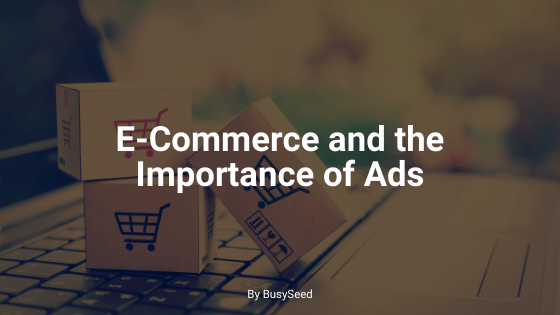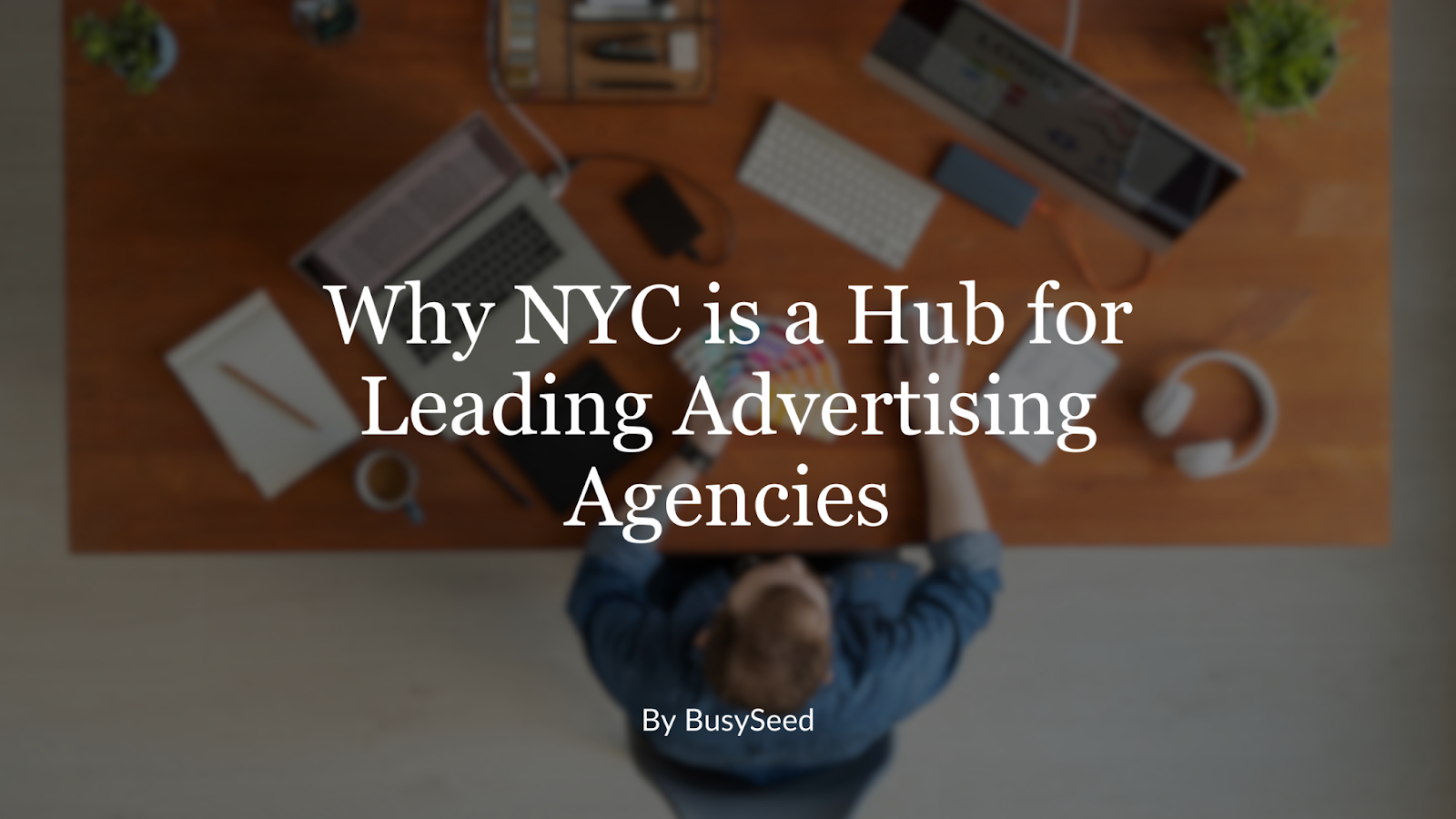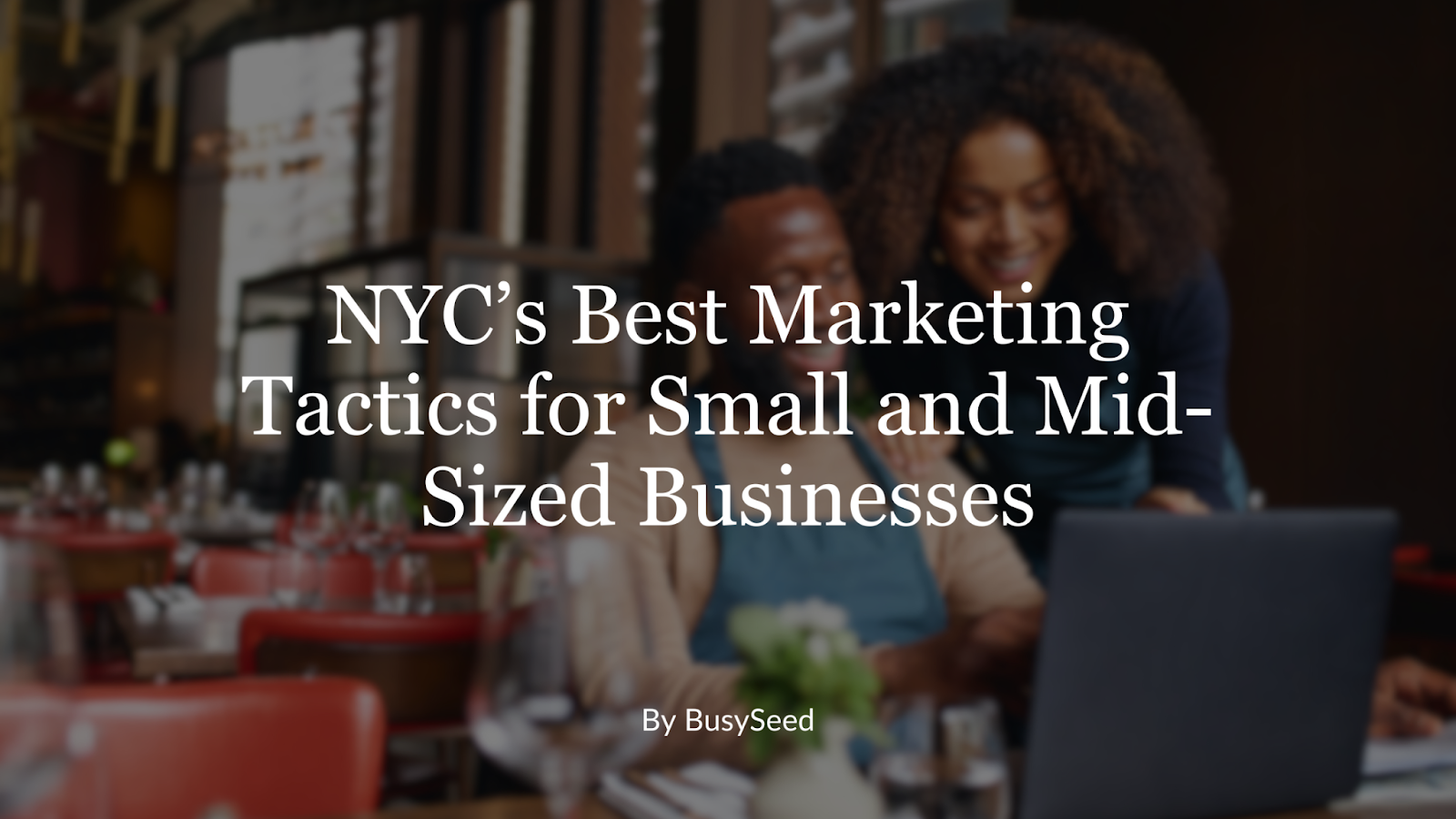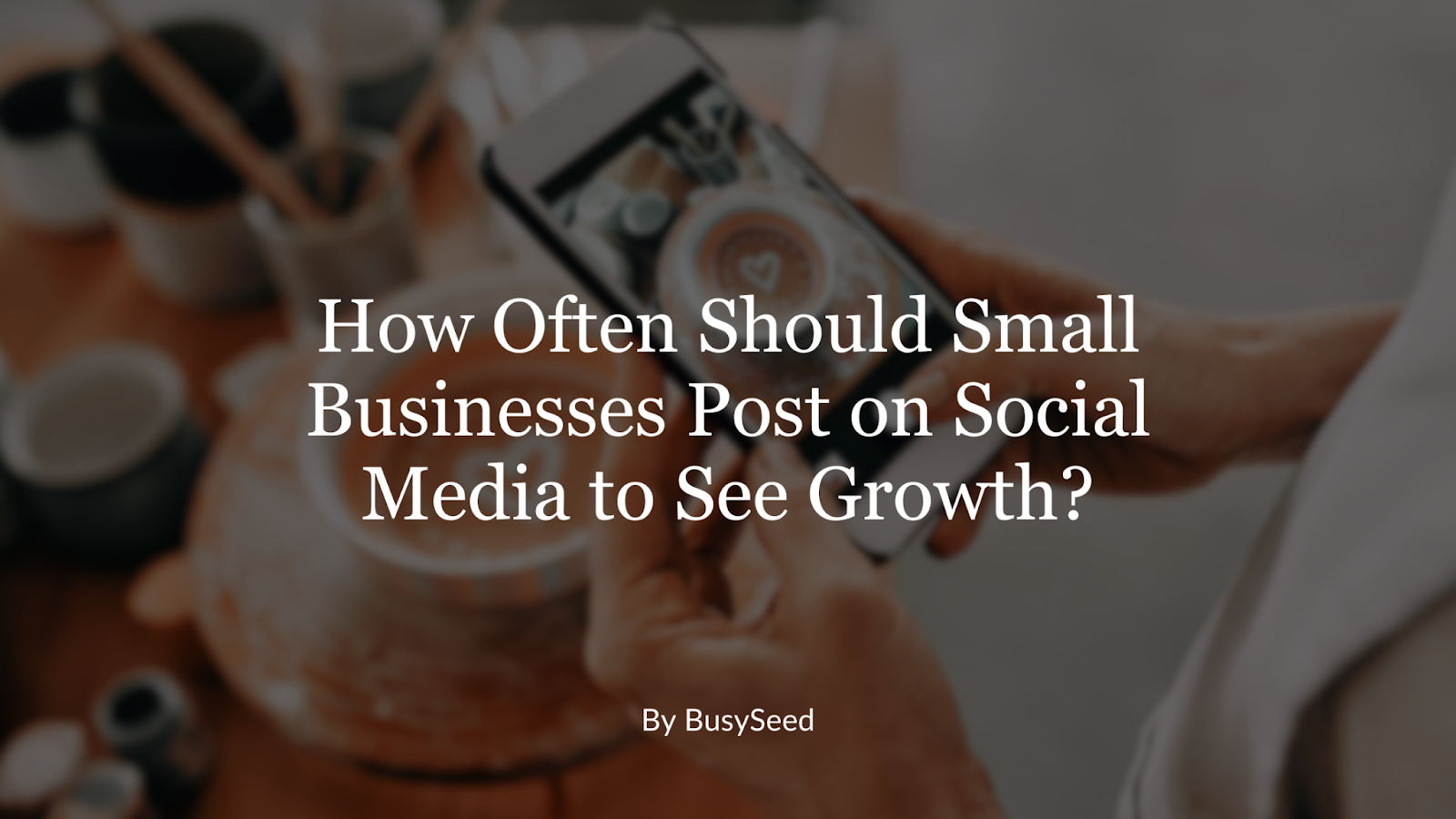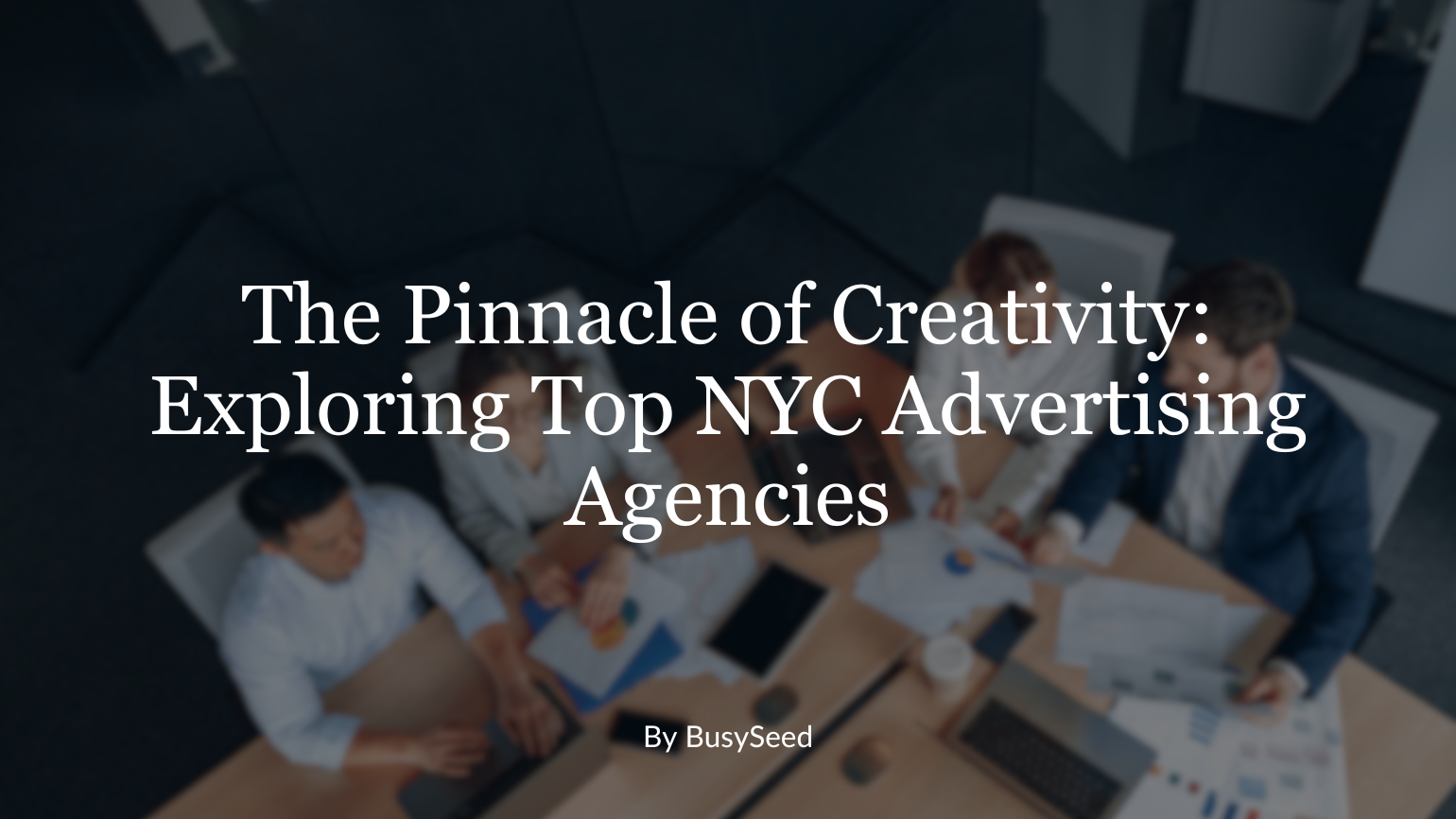E-Commerce and the Importance of Ads
Ads are extremely important for the success of e-commerce companies. What can ads do for you and what platforms are the best? Let’s take a look.
If you’re in the e-commerce industry, you likely already understand the importance of ads. If you don’t, we’re here to help! If you want to have success selling products online, it’s crucial to advertise on platforms like Facebook, Instagram, and Google to get your products in front of potential customers. Let’s take a look at what advertising jargon you should know, the online platforms to work from, and the social platforms you should advertise on.
Important Jargon Regarding Ads
There are so many nuances to online ads that we could be here all day discussing terms you should know. For now, we just want to cover some of the big metrics you’ll want to track as an e-commerce company.
CPC : CPC stands for Cost Per Click. This is the metric that indicates how much you are paying for each click on an ad. Cost per click is a metric to know because you want to know when to optimize your ads to get this cost down. The lower you can get your cost per click, the better. Lower CPCs indicate that the ad is running well and hitting keywords that do not cost exorbitant amounts of money.
CPM : CPM stands for Cost Per Impression. Technically, it means Cost Per Mille. This metric measures how much you spend per one thousand visitors who see your advertisements. Like Cost Per Click, you want to keep an eye on Cost Per Impression. The lower you can get this metric, the better your ad is performing. Cost Per Impression success is often determined by the CTR (click-through rate) to see how much you spent to show the ad and how many people clicked on the ad.
RoAS : RoAS (Return on Ad Spend) is one of the most important metrics for e-commerce companies who run ads. The purpose of ads is to increase sales, and RoAS shows how well an ad is accomplishing that goal. RoAs explains what percentage you make back per dollar you spend. The higher the RoAS, the better your ad is performing. Let’s say an ad set has a RoAS of 25. This means that for every dollar you spend, you earn 25. That’s a phenomenal return right? RoAS is crucial to keep an eye on so that you can identify which ad, targeting, and visuals are performing the best. Likewise, you can see which ads are underperforming and you can optimize them or shut them off entirely to spend your budget elsewhere.
E-Commerce Platforms
There are many e-commerce platforms that will make your life much easier when it comes to tracking conversions or integrating with software that will. Some of the big names include Shopify, BigCommerce, WooCommerce, and Magento Marketplace. All of these platforms allow merchants to sell products online easily. They can be customized to get the look you want, and they’re great for tracking sales, inventory, and other important e-commerce metrics.You can build an online store and handle all of your orders directly from it, making life easier for you and your customers. Make sure you do your research into these platforms to see which will work best for you and your business. They all offer slightly different things at various prices, so find the one that best matches your goals. Also keep in mind your experience with building an e-commerce store, as some platforms are inherently more user-friendly than others. Most platforms offer at least some degree of tracking, but for keeping up with some metrics you’ll need to utilize tracking-specific tools. Luckily these softwares are getting easier and easier to use and integrate, so you shouldn’t struggle too much to get the information you need.
Ad Platforms
As you’ve encountered in daily perusing of the internet, there are plenty of options out there for ad platforms. For e-commerce companies, you’ll want to focus your efforts on Google, Facebook, Instagram, and any industry-specific sites. For example if you are selling houses, you’ll want to advertise on Houzz, Zillow, etc. to get your ad in front of the right audience. Not all e-commerce companies will do well on all ad platforms, so choose the ones that will be the most profitable for you.
Facebook:
Facebook ads are great for most e-commerce companies. Facebook is the third most popular website in the US, and the fourth most popular in the world according to Lifewire ! Therefore, it makes sense that most businesses aim to create Facebook ads to sell their merchandise. Facebook ads do perform better for some industries, but, luckily for you, e-commerce is one of them! The great thing about Facebook ads is the ability to laser target specific audiences. You can import lists of audiences, create lookalikes to reach more people, and target based on location, demographics, and interests. So, if you sell car tires, you can target locations you’re willing to ship to as well as those people interested in “car,” “Ford,” “Toyota,” etc. This targeting feature betters the odds of your Facebook ad appearing to someone who will actually be interested in your product. Take a look at our past blog about Facebook ads !
Instagram : Instagram ads are best for highly visual products. While just about all products could be advertised with Instagram ads, the ones that see the greatest RoAS are ads for things like fashion items, jewelry, travel-related items, paintings, etc. Why? Because people folk to Instagram to appreciate nice images and videos.That means that your Instagram ads must meet certain aesthetic guidelines for them to get noticed. Like with Facebook ads, you can target your Instagram ads pretty specifically, so you have the best chance to make some sales.
Google : Google ads are a phenomenal asset to e-commerce companies. Google ads appear when someone searches for a keyword that you have associated with your ad. There are some complex bidding events that take place, but generally speaking you a) create an ad b) select keywords that related to the ads and your business and c) optimize it frequently to make it more competitive in the Google ads world. Google ads can be targeted to hit people who would be interested in what you have to offer, and you can choose what keywords you want to trigger your ad. For example, if you’re running a Google ad for tennis rackets, some of your keywords could be “buy a new tennis racket,” “best tennis rackets,” “tennis rackets near me,” etc. Anything that a consumer who is looking for a tennis racket might search should be one of your keywords. However, you’d want to avoid general keywords like “tennis,” “rackets,” and “play tennis.” People searching for those terms could be trying to learn how to play tennis or may want to find a recording of the last big match. You don’t want to waste money advertising to these people because it will bring your RoAS down when they do not convert into customers.
Amazon: Amazon ads can be hugely beneficial to e-commerce companies who are already eligible to sell on the site. Purchasing ads on Amazon have your products come up on a variety of search pages in a high page position. While people could find your product on Amazon by themselves, Amazon ads make them aware that you exist if they’ve never encountered your company before. The great thing about Amazon ads is that customers will be directed to your Amazon page where they can purchase from you directly without needing to visit a separate page. If you have the targeting correct, Amazon Ads will be displayed during relevant searches, meaning you may make a sale over your direct competition who is also offering a product on the very same page.
We hope that you now have a better understanding of the importance of ads to e-commerce companies. A few key takeaways:
-
Always keep track of important metrics
-
Find the best e-commerce platform for you and your businss
-
Recognize which advertising platforms will be the most beneficial
-
Strive to optimize any and all ads to maximize efficiency and minimize cost
Need some help advertising? Call BusySeed! Our team of digital marketing experts have the know-how to get your ads up and running on the best platforms at the best cost. We dedicate time to creation and optimization so that you see more sales and a higher RoAS. We’d love to help your business grow so reach out to us at (888) 353-1484 to get started.

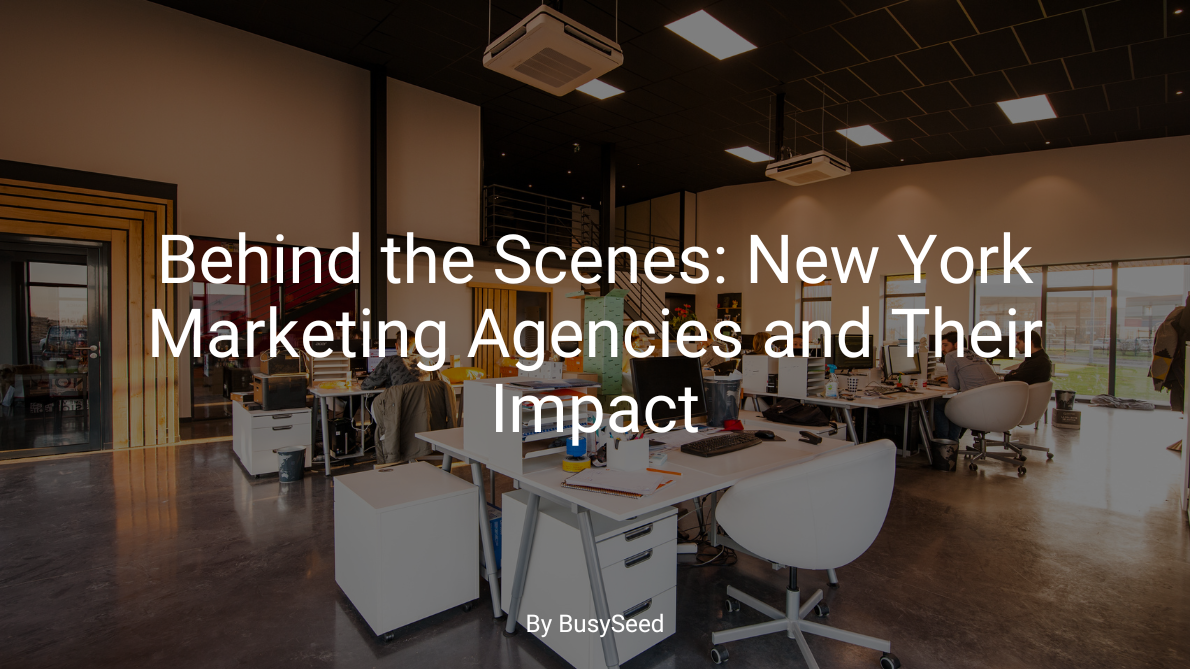

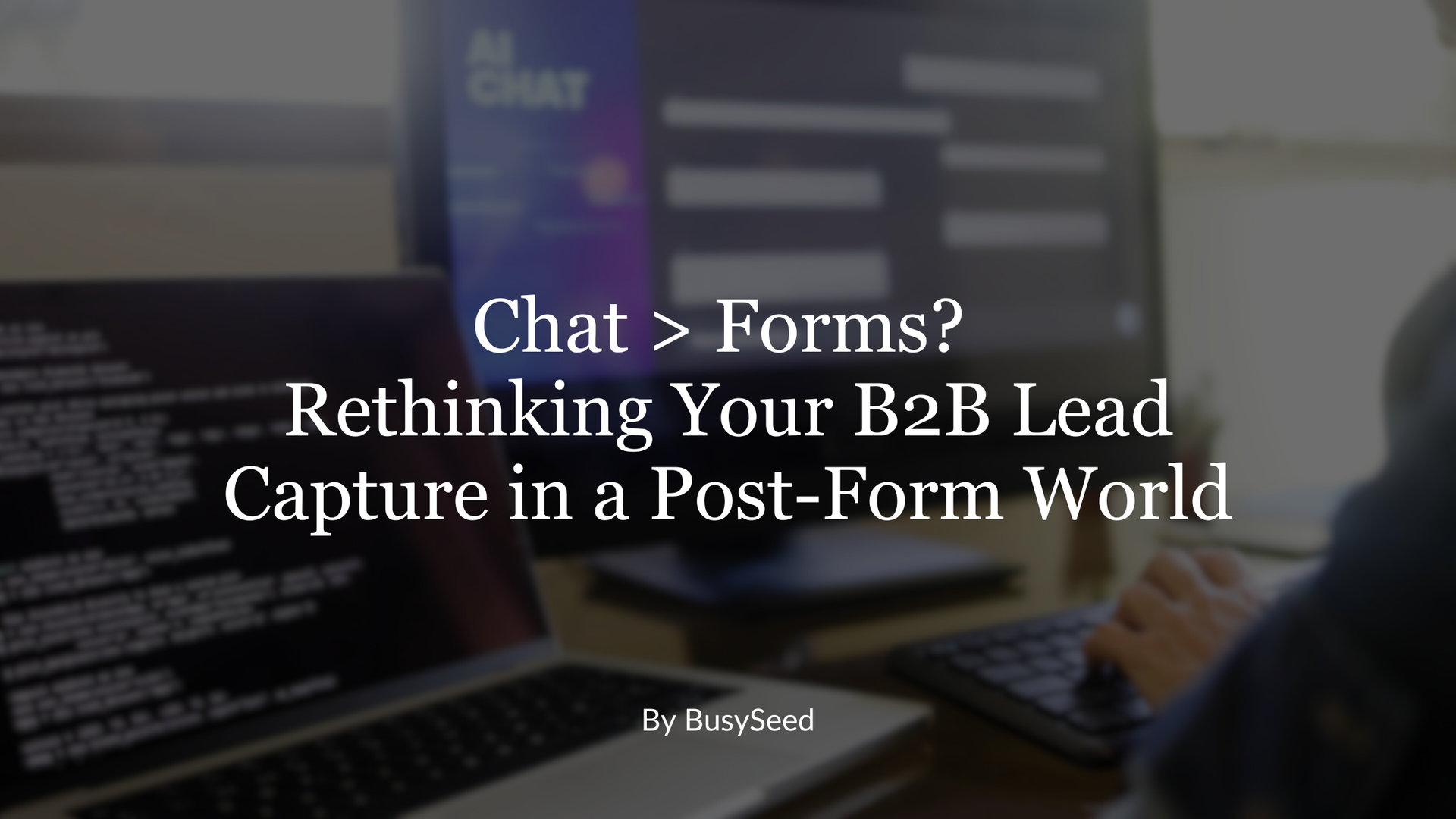 Forms? Rethinking Your B2B Lead Capture in a Post-Form World"." onerror="handleImageLoadError(this)"/>
Forms? Rethinking Your B2B Lead Capture in a Post-Form World"." onerror="handleImageLoadError(this)"/>